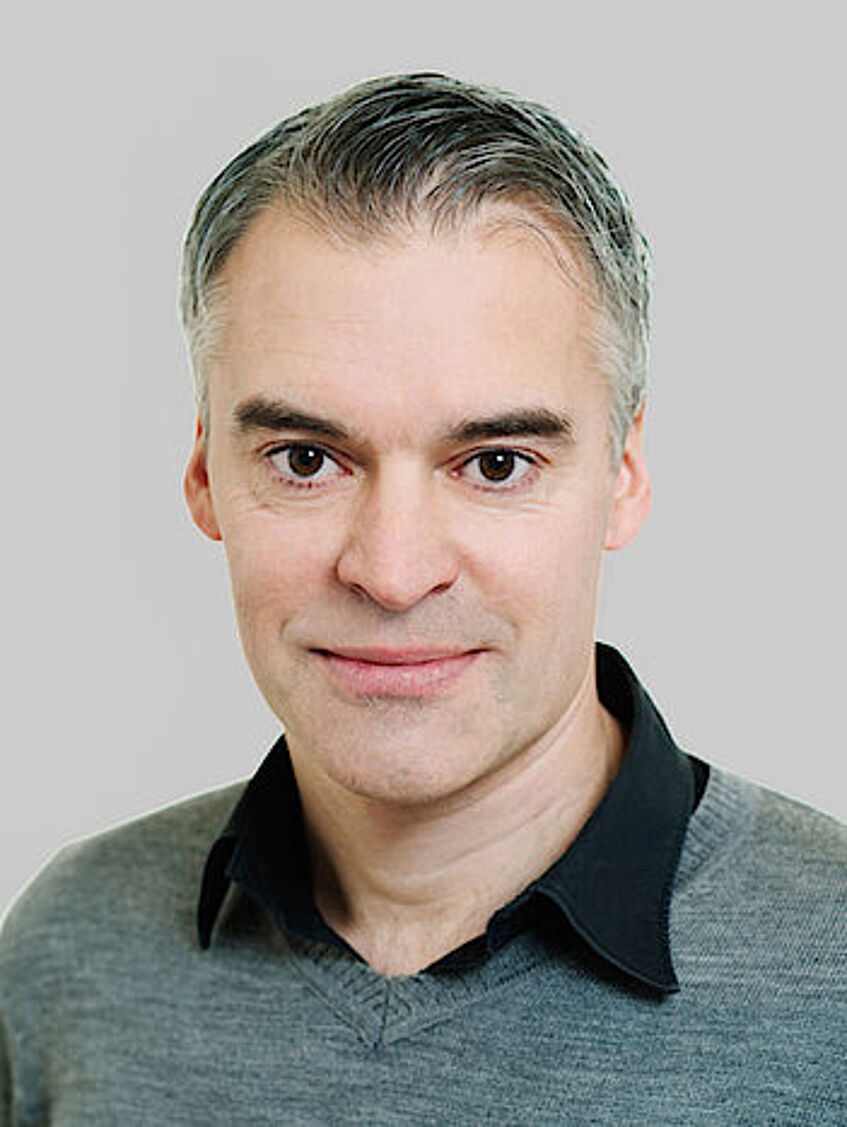
All animals rely on selective information from the external world received by highly specialized sensory neurons. Research at the Department of Neurobiology is dedicated to the understanding of the Sensory System development and function using various arthropod model organisms.
In a molecular-genetic approach we are studying the developmental control mechanisms underlying the formation of the Drosophila visual and olfactory system
Although bilateral communication between brain hemispheres and functional lateralization of the central nervous system is established throughout the animal kingdom and a reduction in human brain asymmetry correlates with schizophrenia, dyslexia and autism, the developmental mechanisms underlying the differential organization of the left and right hemisphere are largely unknown. In our research we are studying the organization, development and function of central brain circuit lateralization in Drosophila. Using cutting-edge transgenic tools for cell-type specific manipulation we are determining the genetic programs and non-genetic factors which mediates robustness and flexibility within neural circuits to match environmental conditions with appropriate behavioral responses.
Selected Publications
1)Parallel Visual Pathways with Topographic versus Nontopographic Organization Connect the Drosophila Eyes to the Central Brain.(2020) Timaeus L, Geid L, Sancer G, Wernet MF, Hummel T.
iScience 23(10):101590. doi: 10.1016/j.isci.2020.101590.
2)Pioneer interneurons instruct bilaterality in the Drosophila olfactory sensory map.(2019). Kaur R, Surala M, Hoger S, Grössmann N, Grimm A, Timaeus L, Kallina W, Hummel T.
Sci Adv 5(10):eaaw5537. doi: 10.1126/sciadv.aaw5537.
3) Inter-axonal recognition organizes Drosophila olfactory map formation. (2019) Goyal G, Zierau A, Lattemann M, Bergkirchner B, Javorski D, Kaur R, Hummel T.
Sci Rep 9(1):11554. doi: 10.1038/s41598-019-47924-9.
4)Sphingolipid-dependent Dscam sorting regulates axon segregation.(2019) Goyal G, Zheng J, Adam E, Steffes G, Jain M, Klavins K, Hummel T.
Nat Commun 10(1):813. doi: 10.1038/s41467-019-08765-2.
5)High-resolution ultramicroscopy of the developing and adult nervous system in optically cleared Drosophila melanogaster.(2018). Pende M, Becker K, Wanis M, Saghafi S, Kaur R, Hahn C, Pende N, Foroughipour M, Hummel T, Dodt HU.
Nat Commun 9(1):4731. doi: 10.1038/s41467-018-07192-z.
6) Pharmacochaperoning in a Drosophila model system rescues human dopamine transporter variants associated with infantile/juvenile parkinsonism.(2017)Asjad HMM, Kasture A, El-Kasaby A, Sackel M, Hummel T, Freissmuth M, Sucic S.
J Biol Chem. 292(47):19250-19265. doi: 10.1074/jbc.M117.797092.
7) The genomic basis of circadian and circalunar timing adaptations in a midge. (1016). Kaiser TS, Poehn B, Szkiba D, Preussner M, Sedlazeck FJ, Zrim A, Neumann T, Nguyen LT, Betancourt AJ, Hummel T, Vogel H, Dorner S, Heyd F, von Haeseler A, Tessmar-Raible K.
Nature 540(7631):69-73. doi: 10.1038/nature20151.
8) Birth order dependent growth cone segregation determines synaptic layer identity in the Drosophila visual system.(2016) Kulkarni A, Ertekin D, Lee CH, Hummel T.
Elife 17;5:e13715. doi: 10.7554/eLife.13715.
9) Temporal identity in axonal target layer recognition.Petrovic M and Hummel T.
Nature 11;456(7223):800-3. doi: 10.1038/nature07407.
10) Semaphorin-1a controls receptor neuron-specific axonal convergence in the primary olfactory center of Drosophila.(2007).Lattemann M, Zierau A, Schulte C, Seidl S, Kuhlmann B, Hummel T.
Neuron 18;53(2):169-84. doi: 10.1016/j.neuron.2006.12.024.
